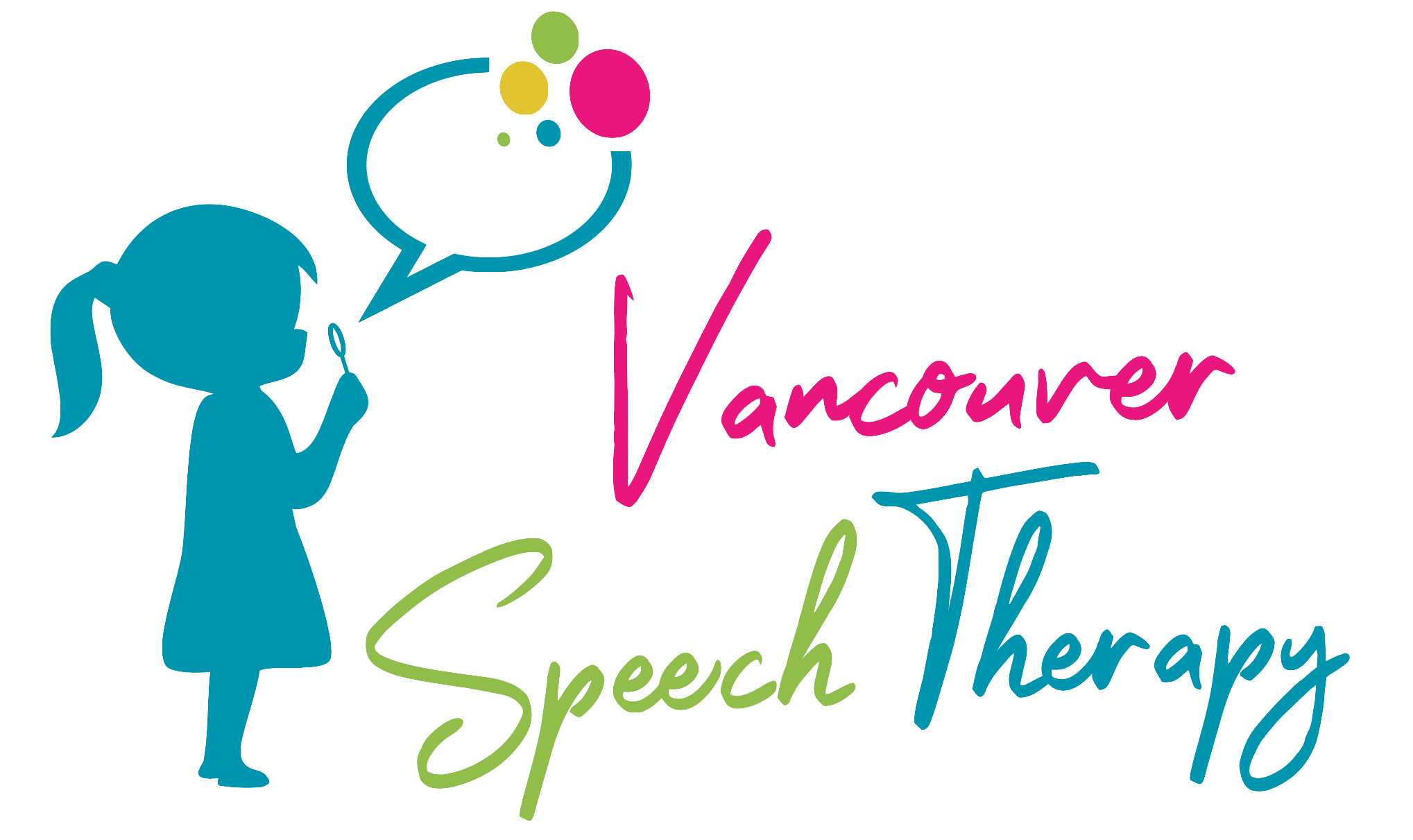
13 Dec AAC and Autism: Strategies for Effective Communication
Communication is a vital aspect of our daily lives, allowing us to express our thoughts, needs, and emotions. However, for individuals with autism, communication can be a significant challenge. Due to difficulties with social interaction and language development, many individuals with autism rely on alternative forms of communication, such as Augmentative and Alternative Communication (AAC). In this blog post, we will explore the benefits of using AAC strategies for individuals with autism and provide some effective techniques offered by Vancouver Speech to help unlock effective communication.
Defining Augmentative and Alternative Communication (AAC)
Augmentative and Alternative Communication (AAC) is a set of strategies and tools used to support individuals with communication difficulties, such as those with autism. It encompasses a wide range of methods and devices that supplement or replace traditional speech, allowing individuals to express their thoughts, needs, and emotions effectively. Some common forms of AAC include:
Picture Exchange Communication System (PECS):
PECS uses a series of pictures to help individuals communicate. They can select a picture representing what they want to communicate and exchange it with a communication partner.
Communication Boards:
These boards consist of pictures, symbols, or words that individuals can point to in order to convey their message. They can be customized to the individual’s specific needs and can be made portable or displayed on a device.
Speech-Generating Devices (SGDs):
SGDs are electronic devices that allow individuals to produce spoken messages by typing or selecting pre-programmed messages. They can range from basic devices with a limited vocabulary to sophisticated devices with extensive language capabilities.

Visual Supports:
Visual supports include visual schedules, social stories, and visual cues that help individuals with autism understand and follow daily routines, navigate social situations, and express themselves more effectively.
AAC strategies are highly customizable and can be tailored to meet the unique needs and abilities of individuals with autism. It is essential to assess the individual’s communication skills, preferences, and goals to select the most appropriate AAC strategies. Working with a speech-language pathologist or AAC specialist can provide valuable guidance and support in implementing AAC effectively.
The Relationship between AAC and Autism
Individuals with autism often face significant challenges in communication due to difficulties with social interaction and language development. This is where Augmentative and Alternative Communication (AAC) strategies come into play. AAC provides individuals with autism alternative means of communication, allowing them to express themselves effectively. AAC strategies can be tailored to meet the unique needs and abilities of individuals with autism, promoting their independence and inclusion in various social settings.
By using AAC, individuals with autism can overcome communication barriers and unlock their full potential. AAC serves as a bridge between individuals with autism and the world around them, enabling them to connect, engage, and express themselves in meaningful ways. Through AAC, individuals with autism can develop and enhance their communication skills, fostering positive relationships and a sense of belonging.
The Role of Speech-Language Pathologists in AAC Implementation
Speech-Language Pathologists (SLPs) play a crucial role in the implementation of Augmentative and Alternative Communication (AAC) strategies for individuals with autism. These professionals have specialized training and expertise in communication disorders, making them essential in guiding and supporting individuals with autism in their AAC journey. Here are some ways in which SLPs contribute to the successful implementation of AAC strategies:
Assessment:
SLPs conduct comprehensive assessments to evaluate an individual’s communication abilities, needs, and goals. They assess the individual’s receptive and expressive language skills, motor abilities, and cognitive functioning. This information helps SLPs determine the most appropriate AAC strategies to support the individual’s communication development.

Customized AAC Solutions:
SLPs work closely with individuals with autism and their families to select AAC tools and techniques that best suit their unique needs. They take into account the individual’s strengths, preferences, and communication goals when recommending AAC solutions. SLPs can help individuals and their families navigate the vast array of AAC options and make informed decisions.
AAC Training and Support:
SLPs provide training and support to individuals with autism and their families in the effective use of AAC strategies. They teach individuals how to operate AAC devices, navigate communication boards, or use visual supports. SLPs also guide families in incorporating AAC into daily routines and interactions, ensuring consistent and meaningful communication opportunities.
Progress Monitoring and Adjustments:
SLPs regularly monitor an individual’s progress with AAC strategies and make necessary adjustments or modifications as needed. They track communication goals, evaluate the effectiveness of AAC tools, and provide ongoing support and guidance to ensure continuous growth and improvement.
Collaboration and Advocacy:
SLPs collaborate with other professionals, such as educators and occupational therapists, to ensure consistent implementation of AAC strategies across various settings. They advocate for individuals with autism, promoting the understanding and acceptance of AAC in educational, social, and community environments.
Overcoming Challenges and Fears Related to AAC Usage
Using Augmentative and Alternative Communication (AAC) strategies can be a life-changing experience for individuals with autism, but it can also come with its own set of challenges and fears. It’s important to acknowledge and address these concerns to ensure successful implementation and utilization of AAC. Here are some common challenges and fears related to AAC usage, along with strategies to overcome them:
Resistance to change:
Some individuals with autism may be resistant to trying new communication methods, especially if they have become comfortable with their current communication strategies. To overcome this, it’s essential to introduce AAC gradually and consistently, allowing the individual to become familiar with and gradually embrace the new communication tools. Consistency and patience are key in helping individuals transition to AAC successfully.
Limited access to AAC tools and support:
Lack of access to appropriate AAC tools and support can be a significant barrier to effective communication. It’s important to advocate for individuals with autism to have access to the necessary AAC tools and support, whether through funding, educational programs, or community resources. Collaborating with professionals, such as speech-language pathologists or AAC specialists, can help individuals and their families navigate the process of obtaining and utilizing AAC tools effectively.

Fear of being misunderstood or judged:
Individuals with autism may fear being misunderstood or judged when using AAC strategies, especially if they are concerned about the reactions of others. To address this fear, it’s crucial to educate and raise awareness among family members, peers, educators, and the community about AAC and autism. By promoting understanding and acceptance, individuals with autism can feel more comfortable and confident in expressing themselves through AAC.
Technical difficulties:
High-tech AAC devices and apps can come with technical challenges that may cause frustration for individuals with autism and their families. It’s important to provide ongoing technical support and training to ensure individuals are able to navigate and use AAC devices effectively. Regular check-ins and troubleshooting sessions can help address any technical difficulties and ensure a smooth communication experience.
Concerns about dependence on AAC:
Some individuals and their families may worry that using AAC strategies will hinder speech development or create a dependence on AAC. It’s important to emphasize that AAC is not a replacement for speech, but a supplement to support and enhance communication. Encouraging speech development alongside AAC usage, and regularly reassessing the need for AAC as communication skills evolve, can help alleviate these concerns.
Conclusion
In conclusion, effective communication is a vital aspect of individuals’ lives, including those with autism. Augmentative and Alternative Communication (AAC) strategies provide individuals with autism the opportunity to express their thoughts, needs, and emotions in meaningful ways. By understanding autism and the specific communication challenges faced by individuals on the autism spectrum, we can develop effective communication strategies that cater to their unique needs. Vancouver Speech offers a range of AAC strategies that can help individuals with autism unlock effective communication. Through personalized assessments, collaboration with individuals and their families, and ongoing support from speech-language pathologists, Vancouver Speech ensures that AAC strategies are tailored to meet the individual’s communication abilities, preferences, and goals.

